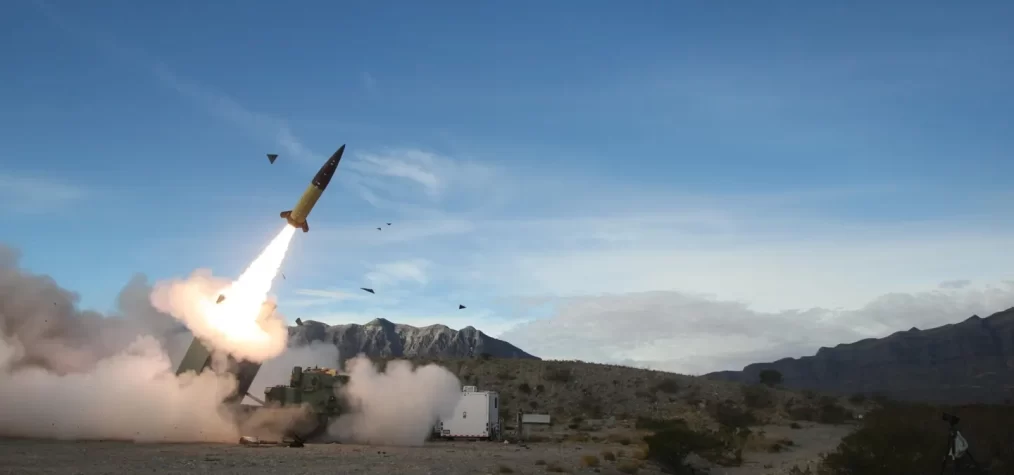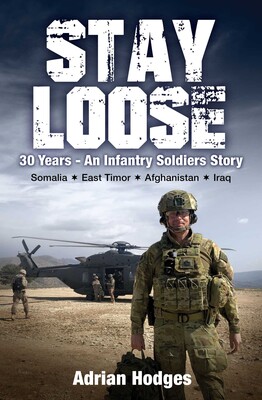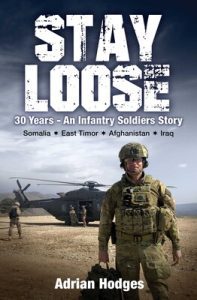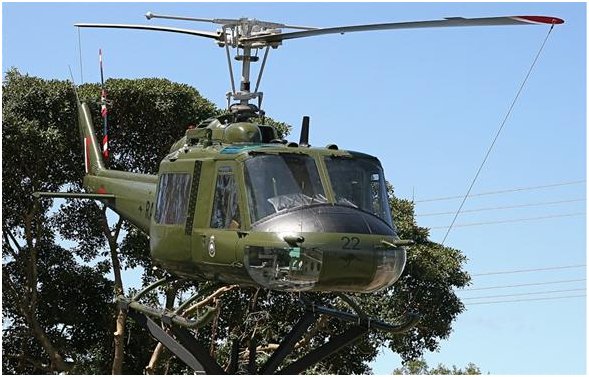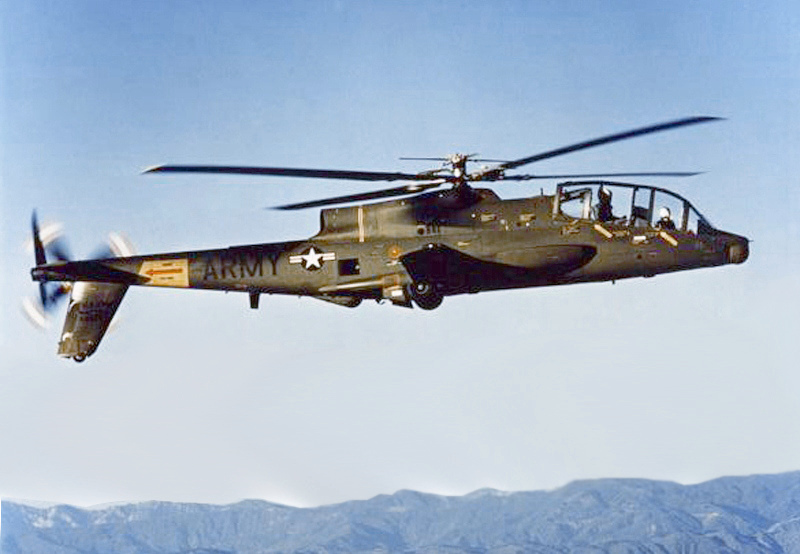eWise Blog – contributor
The recent circumnavigation of the Australian continent by foreign warships raises concerns about the nation’s ability to maintain effective surveillance. While their locations were tracked, the precise nature of their activities remained uncertain. This situation calls for a reassessment of intelligence and surveillance capabilities to ensure comprehensive monitoring and response readiness.
Second, changing geopolitical dynamics necessitate a greater degree of defence self-sufficiency. While alliances remain critical, Australia must enhance its capability to manage military contingencies independently. This requires investment in longer-range weapons and advanced intelligence, surveillance, and tracking systems.
Australia must acknowledge that its longstanding assumptions about military threats no longer hold. The belief that conflicts will remain distant has led to incremental rather than transformative increases in defence spending. Given the evolving strategic landscape, a fundamental shift in defence investment is necessary to ensure that the Australian Defence Force (ADF) can meet new, short-notice contingencies and sustain operations if circumstances deteriorate further.
The changing global landscape necessitates an urgent review of Australia’s defence planning. Traditional assumptions about extended deterrence and allied commitments are being tested. While strategic partnerships remain essential, Australia must ensure its security by developing robust self-reliance capabilities.
The ADF must reassess its priorities, particularly in relation to anti-ship missiles, drones, sea mines, uncrewed submarines, air-to-air missiles, and strike capabilities. These technologies are critical for ensuring that Australia can deter and, if necessary, respond effectively to emerging threats. Defence spending should focus on capabilities that enhance strategic deterrence rather than relying solely on large, expensive platforms.
Defence spending as a percentage of GDP has been a contentious issue. Some experts suggest increasing it from the current level of approximately 2% to 3–4%. This would require an additional $28–55 billion annually. However, rather than arbitrarily setting a target, Australia must adopt a detailed, needs-based approach, ensuring that spending directly enhances defence capabilities.
A more cost-effective approach would involve prioritising investments in advanced surveillance, targeting, and uncrewed systems. These measures would enhance defence capabilities more rapidly and affordably than purchasing additional major platforms.
The current ADF structure has limited capacity for sustained operations beyond low-intensity conflicts. Previous assumptions about force expansion no longer align with contemporary threats. A key initiative in addressing this challenge is the 2024 Guided Weapons and Explosive Ordnance (GWEO) plan, which aims to establish domestic production of advanced munitions. This initiative will enhance Australia’s ability to sustain high-technology operations and build a credible deterrent force.
Geography remains a crucial factor in Australia’s defence strategy. With vast maritime borders and critical northern approaches, the nation must be prepared to defend against potential adversaries projecting power close to its territory. The current investment in long-range strike capabilities is a step in the right direction, but more is needed to ensure comprehensive defence preparedness.
Australia must also consider alternative workforce solutions to address recruitment and retention challenges within the ADF. Options such as increased reliance on the Reserves or even some form of national service may need to be explored.
Increased defence funding must be justified through strategic assessments rather than arbitrary GDP-based targets. A well-defined conceptual framework for defence spending, aligned with national security objectives, would be more effective in securing public and governmental support for necessary investments.
Ultimately, Australia’s defence decision-making processes must be improved to ensure effectiveness in both peacetime governance and crisis scenarios. Strengthening these processes will be essential in addressing the challenges of a rapidly evolving strategic environment. The time to act is now, before circumstances demand a response for which the nation is unprepared.

